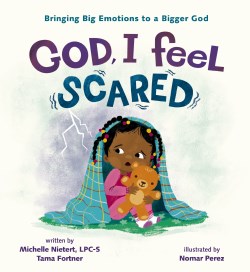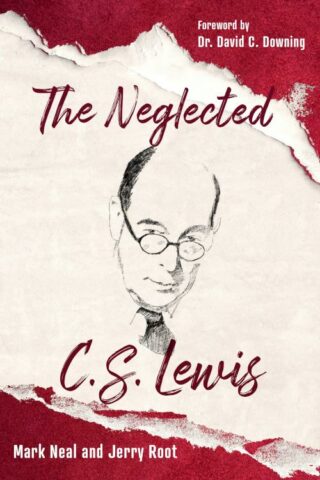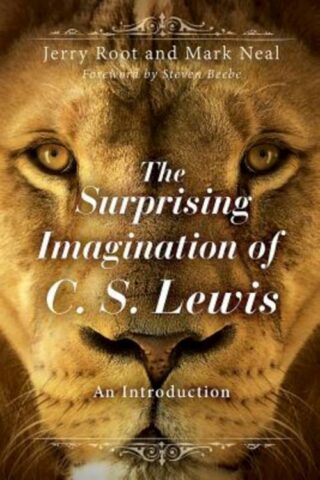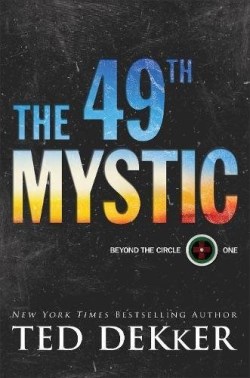Mark Neal
Showing all 2 resultsSorted by latest
-
Neglected C S Lewis
$24.00Readers who can quote word for word from C.S. Lewis’s theological classic, Mere Christianity, or his science fiction novel, Perelandra, have often never read his work as a professional literary historian. They may not even recognize some of the neglected works discussed, here. Mark Neal and Jerry Root have done students of Lewis a great service, tracing the signature ideas in Lewis’s works of literary criticism and showing their relevance to Lewis’s more familiar books. Their thorough research and lucid prose will be welcome to all who would like to understand Lewis more fully, but who feel daunted by books of such evident scholarly erudition.
For example, when you read The Discarded Image on the ancients’ view of the heavens, you understand better why Ransom has such unpleasant sensations when first descending toward Malacandra in Out of the Silent Planet. And when you come across Lewis’s discussion in OHEL of a minor sixteenth-century poet who described the hellish River Styx as a “puddle glum,” you can’t help but chuckle at the name when you meet the famous Marshwiggle in The Silver Chair. These are just two examples of how reading the “Neglected Lewis” can help every reader understand Lewis more fully.
Add to cartin stock within 3-5 days of online purchase
-
Surprising Imagination Of C.S. Lewis
$39.99Narnia, Perelandra-places of wonder and longing. The White Witch, Screwtape-personifications of evil. Aslan-a portrait of the divine. Like Turkish Delight, some of C.S. Lewis’s writing surprises and whets our appetite for more. But some of his works bite and nip at our heels. What enabled C.S. Lewis to create such vivid characters and compelling plots? Perhaps it was simply that C.S. Lewis had an unsurpassed imagination. Or perhaps he had a knack for finding the right metaphor or analogy that awakened readers’ imaginations in new ways. But whatever his gifts, no one can deny that C.S. Lewis had a remarkable career, producing many books in eighteen different literary genres, including: apologetics, autobiography, educational philosophy, fairy stories, science fiction, and literary criticism. And while he had and still has critics, Lewis’ works continue to find devoted readers. The purpose of this book is to introduce C.S. Lewis through the prism of imagination. For Lewis, imagination is both a means and an end. And because he used his own imagination well and often, he is a practiced guide for those of us who desire to reach beyond our grasp. Each chapter highlights Lewis’s major works and then shows how Lewis uses imagination to captivate readers. While many have read books by C.S. Lewis, not many readers understand his power to give new slants on the things we think we know. More than a genius, Lewis disciplined his imagination, harnessing its creativity in service of helping others believe more deeply.
Add to cartin stock within 3-5 days of online purchase











